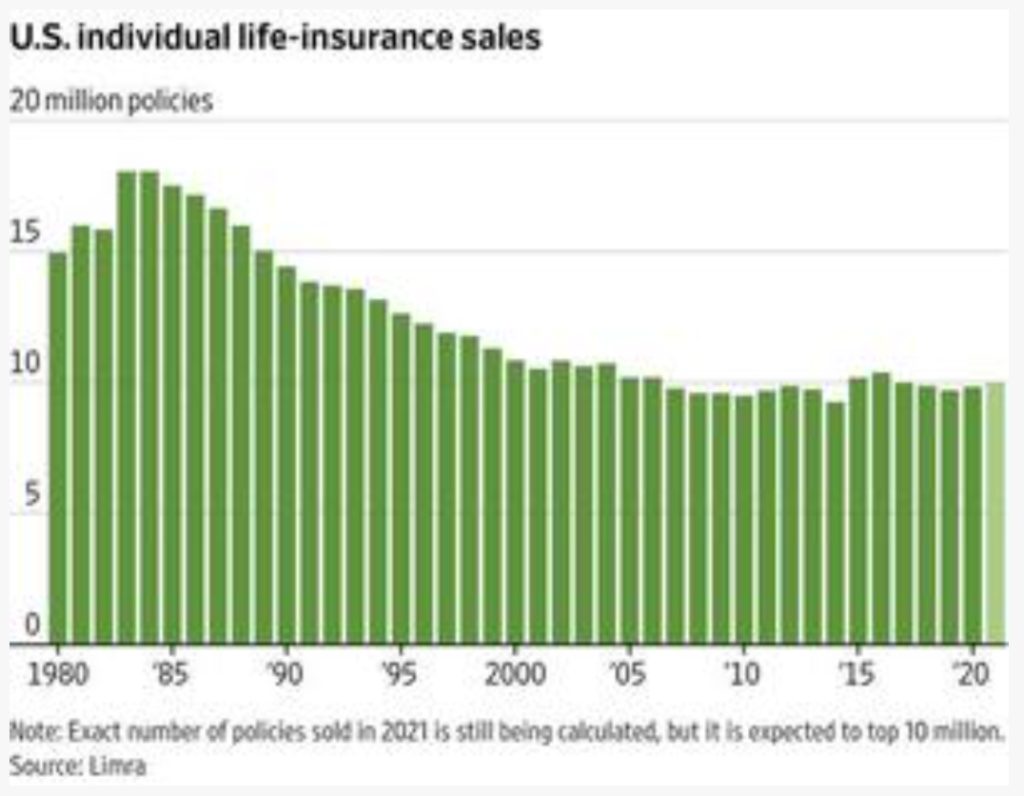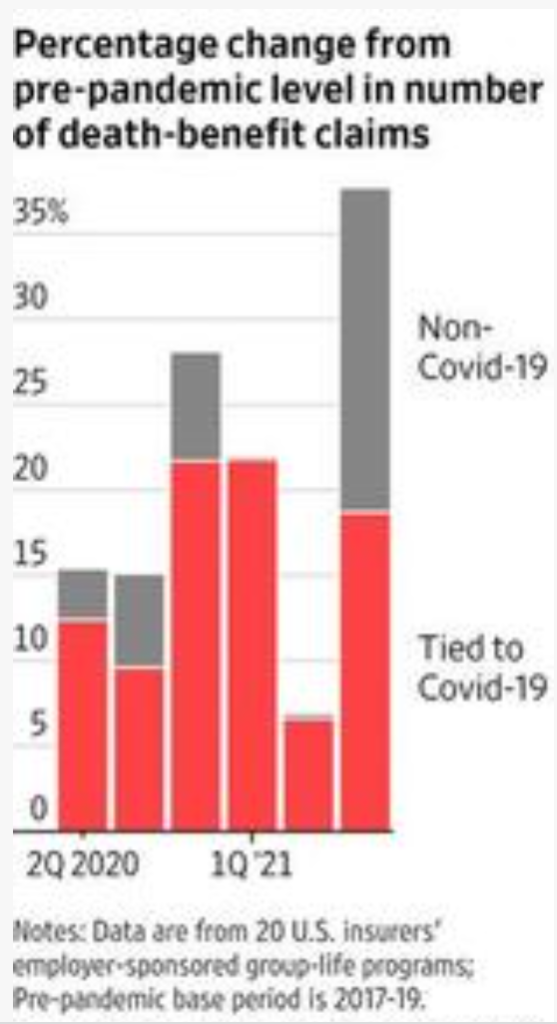Excerpt:
The 52-year-old executive [Greg Lindberg] was indicted last month on federal charges that he defrauded his insurers by lending $2 billion of their funds to companies in his private conglomerate, while allegedly siphoning off huge sums to finance his lavish lifestyle. He has pleaded not guilty and is out on bail.
Until last July, Mr. Lindberg was in federal prison on bribery charges related to the insurers. He was released after 21 months when an appeals court overturned the conviction. A retrial is scheduled for November.
The executive also is fighting a drawn-out court battle with North Carolina regulators, who seized his insurers in 2019 and now say they should be liquidated. Mr. Lindberg, who previously lived in North Carolina and was the subject of investigative articles in The Wall Street Journal in 2019, says the insurers are healthy and he has a plan to rescue them.
What rankles Mr. Zintel and others is that they believe Mr. Lindberg is using their money to fight his legal entanglements, allowing him to continue living extravagantly even as they cut back. Among the alleged extravagances: The divorced executive has spent millions of dollars on gifts for women, according to court documents, including paying some women to produce offspring for him.
Some 70,000 holders of annuities totaling $2.2 billion are unable to withdraw their money, filings show. Many are retirees or conservative investors who bought five- to seven-year annuities in 2017 and 2018. Financial advisers typically marketed them as a safe, higher-yielding alternative to bank CDs.
Author(s): Mark Maremont, Leslie Scism
Publication Date: 26 Mar 2023
Publication Site: WSJ


